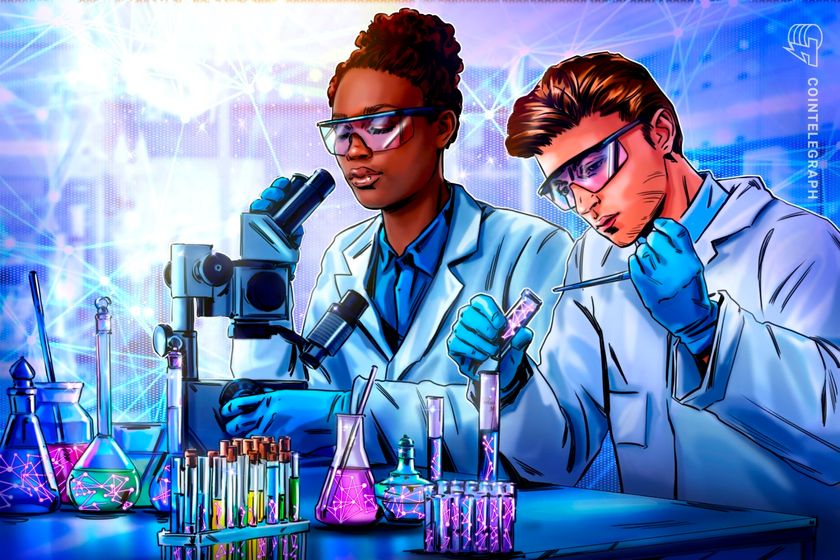
HydraDAO, a Decentralized Autonomous Organization (DAO), has made a groundbreaking claim in the realm of medical science by stating that its researchers have successfully repaired severed spines in rats using a novel technique. The announcement was made in a post on May 5 by the decentralized science (DeSci) project HydraDAO, revealing that rats with fully transected spines were able to walk again after undergoing surgery, with recovery taking only five days.
The project behind this remarkable achievement is the Dowell spinal fusogens project, led by Michael Lebenstein-Gumovski, which managed to raise 380,700 USDC from donors. Fusogens are substances capable of fusing cell membranes, and in this case, the Dowell team combined polyethylene glycol (PEG) with a biopolymer from crustacean shells called chitosan, creating a compound named neuro-PEG. This compound, which is also photopolymerizable, can be solidified rapidly using light, potentially providing a more permanent solution for reconnecting severed nerve fibers in the spinal cord.
The Dowell team's research has shown promising results, with a 2023 paper by Gumovski published in the peer-reviewed scientific journal Surgical Neurology International stating that pigs treated with the neuro-PEG compound regained mobility within two months after complete spinal cord transection. The study suggested that this development could pave the way for human experimentation, including trials of spinal cord transplantation.
Moreover, the team has filed a patent for their technologies, with a 2022 Russian patent describing a method of restoring spinal cord functions after transection using the PEG-chitosan conjugate. The proposal put forth by HydraDAO envisions potential revenue streams from specialized surgical kits and training programs for neurosurgeons and emergency medical personnel, indicating a comprehensive approach to bringing this innovation to the medical field.
While the results presented by the Dowell team are promising, caution is advised until further independent verification is conducted by third-party teams. HydraDAO has committed to conducting additional electrophysiology experiments and tracing dyes to evaluate the connectivity between the brain and lower spine, which could bolster the credibility of their research findings.
It is essential to acknowledge the historical context of similar claims in the medical field, notably referencing the controversial head-transplant project led by Sergio Canavero. Despite the parallels, the Dowell team's research builds upon established science and warrants attention for its potential to address spinal injuries in a novel manner.
As the scientific community

Leave a Reply